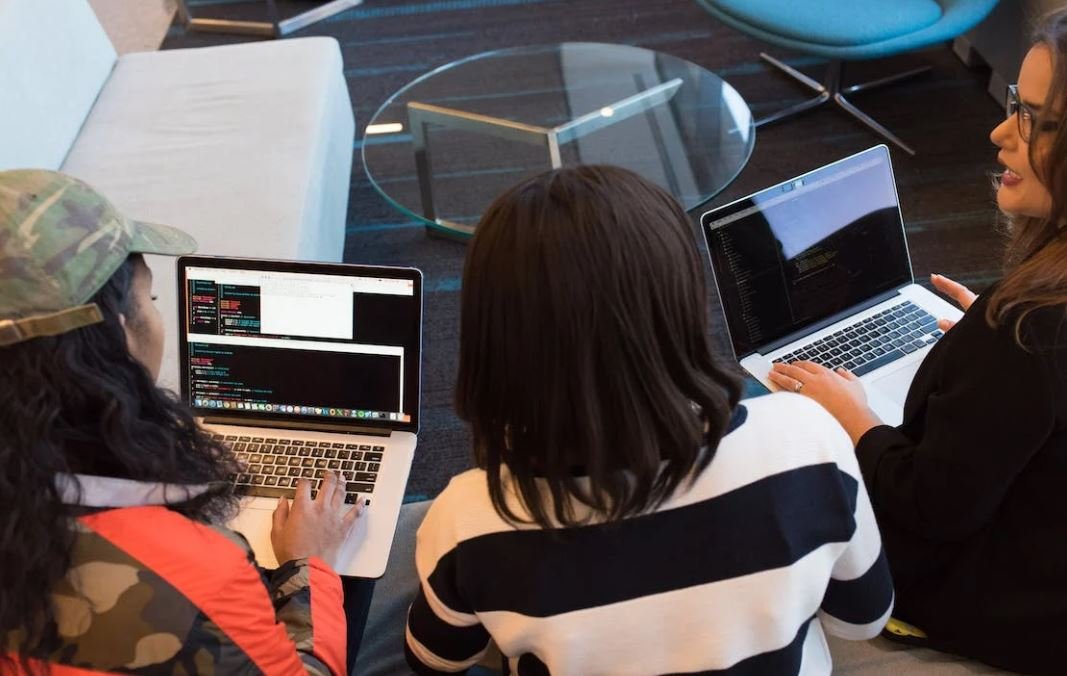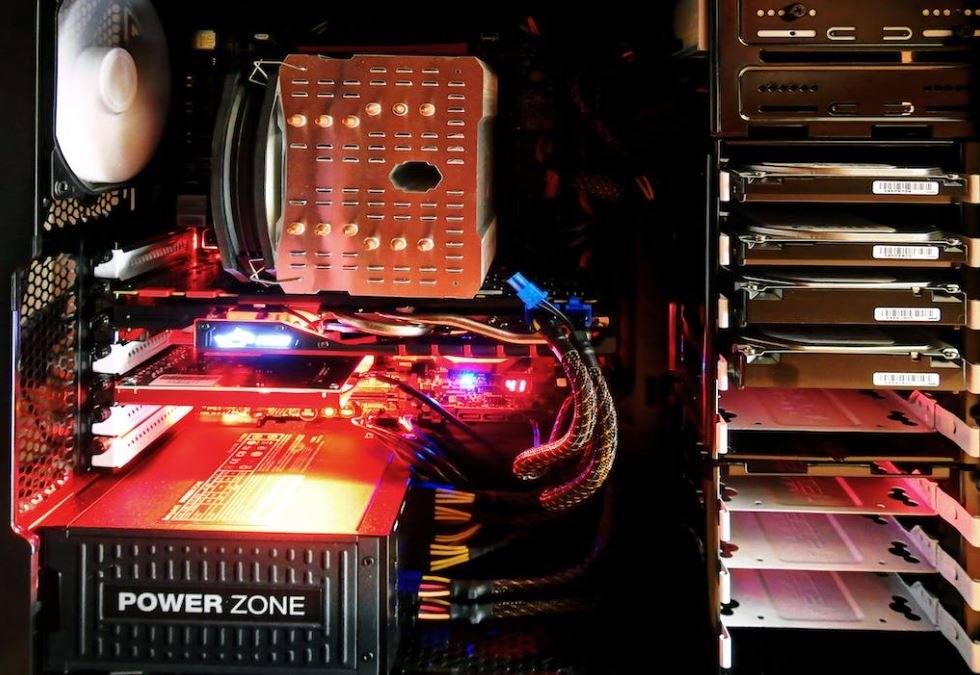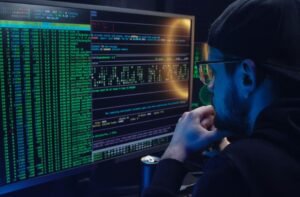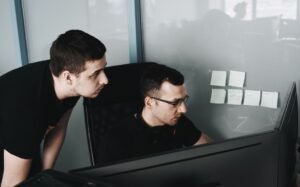Best AI Art Programs
Artificial Intelligence (AI) has revolutionized various industries, including the art world. With the advancements in AI technology, artists are now able to create stunning and unique artworks with the help of AI art programs. These programs provide artists with tools and algorithms to generate new artworks, enhance existing ones, and explore creative possibilities. In this article, we will explore some of the best AI art programs available today.
Key Takeaways
- AI art programs leverage advanced algorithms to generate and enhance artworks.
- These programs offer a wide range of creative tools and features.
- Artists can explore new artistic styles and experiment with different techniques.
- The use of AI in art has sparked critical discussions on creativity and authorship.
1. DeepArt
DeepArt is a popular AI art program that uses deep learning algorithms to transform photos into artistic masterpieces. With just a few clicks, artists can apply artistic styles to their images and create stunning digital artworks. The program allows users to choose from a wide range of artistic filters, inspired by famous artists such as Van Gogh and Picasso. DeepArt provides a simple and intuitive interface, making it suitable for both beginners and experienced artists.
*DeepArt offers over 30 artistic filters, giving artists the opportunity to explore various styles and aesthetics.*
2. RunwayML
RunwayML is an AI art platform that enables artists to experiment with AI-powered tools and techniques. It offers a diverse range of AI models, including image generation, style transfer, and object recognition. Artists can upload their own datasets or use pre-trained models to generate unique and captivating artworks. RunwayML also allows for real-time collaboration and offers easy integration with popular design software.
*With RunwayML, artists can harness the power of AI and collaborate with other creators in real-time to produce captivating artworks.*
3. ArtBreeder
ArtBreeder is a unique AI art program that combines deep learning algorithms and genetic algorithms to create novel and imaginative artworks. Artists can blend and evolve existing images to generate new and unexpected visuals. With ArtBreeder, artists can delve into a world of limitless creativity, exploring combinations and variations of styles, colors, and subject matters.
*ArtBreeder allows artists to combine and evolve images in a way that pushes the boundaries of traditional art creation.*
Comparison of AI Art Programs
| AI Art Program | Main Features | Price |
|---|---|---|
| DeepArt | Over 30 artistic filters Simple user interface |
Freemium |
| RunwayML | Diverse range of AI models Real-time collaboration |
Subscription-based |
| ArtBreeder | Blend and evolve images Limitless creativity |
Freemium |
The Impact of AI in Art
AI art programs have had a significant impact on the art world, sparking critical discussions on the role of AI in creative expression and the concept of authorship. Some key impacts include:
- Exploring new artistic styles and techniques that were previously inaccessible.
- Challenging traditional notions of creativity by using AI algorithms.
- Facilitating collaboration and allowing artists to work together in real-time.
- Raising ethical questions about the ownership and originality of AI-generated artworks.
Data Points: AI in the Art Industry
- In 2018, “Portrait of Edmond de Belamy”, an AI-generated artwork, was sold at auction for $432,500.
- According to a survey by Artsy, 89% of art professionals believe that AI will have a positive impact on the art market.
- AI-generated artworks have been exhibited in renowned galleries and museums around the world.
Future Possibilities
The future of AI in art holds tremendous potential for further innovation and experimentation. As AI technology continues to advance, artists will be able to explore new creative frontiers and push the boundaries of art. The use of AI algorithms combined with human creativity is likely to result in groundbreaking artistic expressions that were previously unimaginable.
*The fusion of AI and human creativity has the potential to redefine the concept of art, creating new possibilities for artistic expression.*

Common Misconceptions
Artificial Intelligence is replacing human artists
One common misconception about the best AI art programs is that they are replacing human artists altogether. However, this is not the case. AI is designed to enhance and assist human creativity, rather than replace it completely.
- AI cannot replicate the unique perspectives and emotions that human artists bring to their work.
- The best AI art programs are created as tools to inspire and collaborate with human artists.
- AI algorithms still rely on input from humans to generate their artistic output.
AI art is not as authentic or valuable as traditional art
Another common misconception is that AI-generated art lacks authenticity and value compared to traditional art forms. However, AI art can be just as authentic and valuable, albeit in a different way.
- AI art programs offer a new form of creative expression, providing unique and innovative artwork.
- AI-generated art can challenge traditional artistic boundaries and push the limits of creativity.
- Just like any other art form, the value of AI art is subjective and depends on individual interpretation.
AI art programs produce art autonomously without human involvement
Some people mistakenly believe that AI art programs are capable of producing art entirely on their own, without any human involvement. However, human input is essential in the creation process.
- Human artists need to train and guide AI algorithms by providing them with artistic examples and criteria.
- AI art programs act as tools that artists use to explore new possibilities and enhance their creative process.
- The final output from AI art programs is a collaboration between the machine algorithm and the human artist’s input.
AI art programs do not require any artistic skills or talent
Another misconception is that anyone can use AI art programs to create art without having any artistic skills or talent. However, artistic skills are still necessary to create meaningful and impactful artwork.
- AI art programs are tools that assist artists, but they cannot compensate for a lack of artistic vision or skills.
- Without proper artistic knowledge, it can be challenging to effectively use AI art programs to their full potential.
- The most impressive AI-generated artworks often come from artists with a strong artistic background.
AI art programs are flawless and always produce perfect art
Lastly, there is a misconception that AI art programs always produce flawless and perfect artwork. However, AI, like any technology, has its limitations and imperfections.
- AI art programs may produce unexpected or nonsensical results due to variations in input or algorithm bias.
- The artistic output from AI art programs may not always meet an artist’s desired outcome.
- Human intervention and editing are often necessary to refine and improve the output of AI-generated art.

The Rise of AI in the Art World
Artificial Intelligence (AI) has revolutionized various sectors, and its impact on the art world is no exception. AI art programs, with their advanced algorithms and machine learning capabilities, have opened new doors for artists and enthusiasts alike. This article explores ten remarkable AI art programs, showcasing their unique features and contributions.
1. DeepArt
DeepArt, developed by Leon Gatys and his team, allows users to transform their photos into artistic masterpieces using AI algorithms based on neural networks. With DeepArt, anyone can emulate famous artistic styles and create captivating images.
2. AARON
AARON, created by Harold Cohen, is a sophisticated AI art program that autonomously generates original artwork. Using a rule-based system, AARON creates intricate drawings and paintings, incorporating abstract elements and unique patterns.
3. DALL·E
DALL·E, introduced by OpenAI, generates highly imaginative images from textual descriptions. For instance, given a prompt like ‘an armchair shaped like an avocado’ or ‘a skyscraper made of jelly,’ DALL·E creates visually stunning and surreal representations.
4. Prisma
Prisma is an AI art app that transforms ordinary photos into extraordinary artworks using a variety of artistic filters. Whether it’s emulating renowned paintings or applying unique styles, Prisma’s AI algorithms offer an array of visually exciting options.
5. Magenta
Magenta, developed by Google, focuses on the intersection of AI and music. This program uses machine learning to create original compositions, harmonies, and melodies. Magenta has enabled artists to explore new musical territories and experiment with AI-generated sounds.
6. The Next Rembrandt
The Next Rembrandt project utilized AI to analyze and replicate Rembrandt’s style, ultimately creating a new and previously non-existent painting in his signature aesthetic. By studying historical data from the Dutch master, AI algorithms successfully emulated Rembrandt’s artistic techniques.
7. GANPaint Studio
GANPaint Studio allows users to manipulate and edit images using AI algorithms known as Generative Adversarial Networks (GANs). With GANPaint Studio, users can alter scenes, add or remove elements, and even modify materials within a photograph with remarkable precision.
8. Valentino-255
Valentino-255 is an AI-powered fashion designer and stylist. By analyzing fashion trends, preferences, and individual styles, Valentino-255 generates unique apparel designs, providing creative ideas for fashion professionals and enthusiasts.
9. ArtBreeder
ArtBreeder is an AI art program that combines and blends multiple artworks or photos to create novel visual compositions. Users can input images and morph them together, generating captivating and abstract digital artworks.
10. Botnik Studios
Botnik Studios utilizes AI algorithms to create unconventional and humorous content. With notable projects like “Harry Potter and the Portrait of What Looked Like a Large Pile of Ash,” Botnik demonstrates how AI can be used creatively to challenge traditional storytelling techniques.
From transforming photos into artistic styles to autonomously generating original artwork, AI art programs exemplify the limitless potential of artificial intelligence in the creative realm. Their ability to create visually captivating and conceptually innovative pieces continues to redefine the boundaries of art, inspiring both artists and audiences worldwide.
Frequently Asked Questions
What are AI art programs?
AI art programs are computer programs that use artificial intelligence algorithms to create or assist in creating art. These programs can generate images, create music, compose poetry, and more.
How do AI art programs work?
AI art programs use machine learning algorithms to analyze and process large amounts of data, such as images, music, or text. They learn patterns and styles from this data and are then able to generate new content based on these learned patterns and styles.
What are the benefits of using AI art programs?
AI art programs can save artists time and provide them with new creative possibilities. They can assist artists in generating ideas, experimenting with different styles, and even creating art on their behalf. Additionally, AI art programs can help artists explore new artistic directions and push the boundaries of traditional art forms.
What are some popular AI art programs?
Some popular AI art programs include DeepArt.io, DeepDream, Prisma, and RunwayML. These programs offer various features and capabilities for artists to explore and create AI-generated art.
Can AI art programs replace human artists?
No, AI art programs cannot replace human artists. While they can generate art based on learned patterns and styles, they lack the human creativity, emotions, and subjective perspectives that make art unique. AI art programs should be seen as tools for artistic exploration and enhancement rather than replacements for human artists.
Are AI art programs ethical?
AI art programs raise ethical questions around issues such as copyright, authenticity, and the role of the human artist. It is important to consider these ethical implications and have discussions about the boundaries and responsibilities when using AI in the creation of art.
Do I need programming skills to use AI art programs?
Not necessarily. While some AI art programs may require programming skills to fully utilize their capabilities, there are also user-friendly programs available that do not require programming knowledge. These programs often provide intuitive interfaces and pre-built models for users to create AI-generated art.
Can AI art programs be used commercially?
Yes, AI art programs can be used commercially. However, it is important to understand and comply with any licensing or copyright restrictions associated with the AI models or datasets used by these programs. It is recommended to review the terms of use and licensing agreements provided by the AI art program developers.
What are the limitations of AI art programs?
AI art programs have certain limitations. They rely on the quality and diversity of the input data they are trained on, and their output may be influenced by bias present in the training data. Additionally, AI-generated art may lack the human touch and emotional depth that is often associated with traditional art.
Are there any ethical guidelines for using AI art programs?
Although there are no universal ethical guidelines specifically for AI art programs, it is advisable to consider the ethical implications of using these programs. Artists should be transparent about their use of AI and give appropriate credit if the AI art program’s output is used in any commercial or public contexts.




